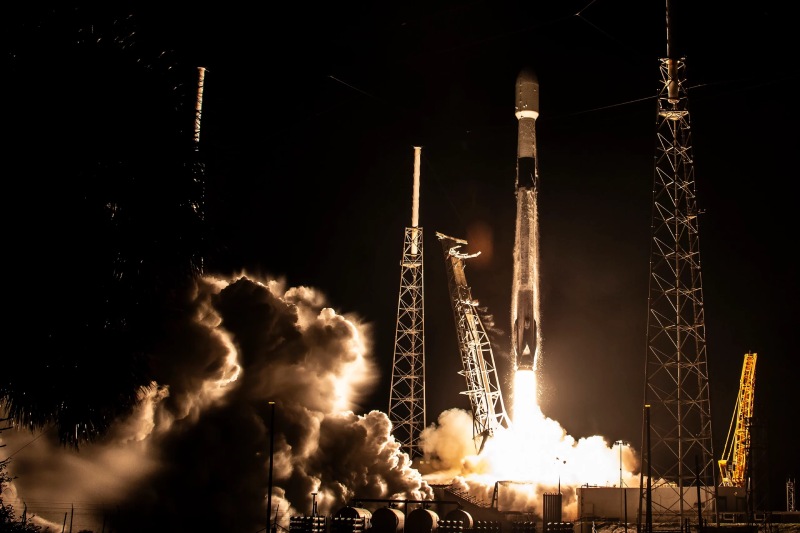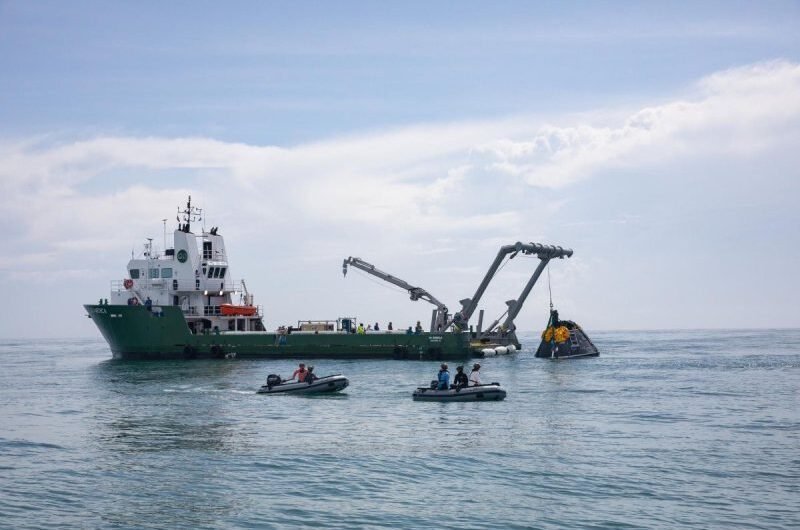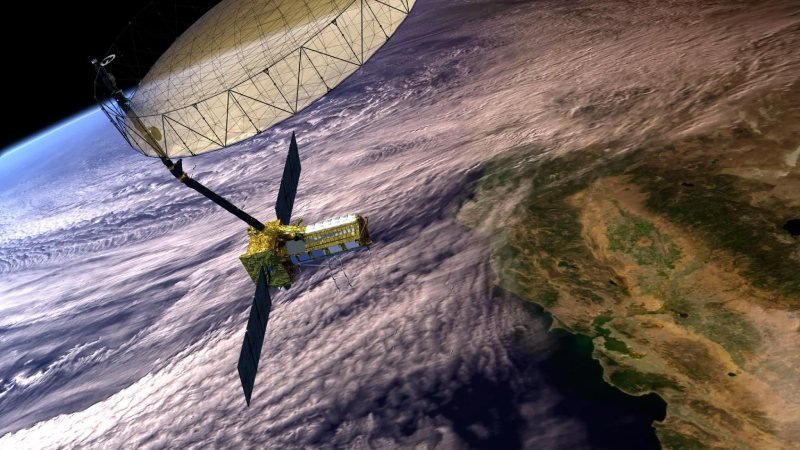Early August saw the launch of China’s G60 Starlink megaconstellation, which consists of over 12,000 satellites.
In the next few days, the first satellites are scheduled to depart the Shanghai factory and head north to the Taiyuan Satellite Launch Center in China.
The mission is scheduled to launch on August 5 and is anticipated to carry 18 satellites. Although the launch vehicle was not mentioned in the reports, Taiyuan’s Long March 6A would be the most capable choice in terms of payload fairing and low Earth orbit capacity.
The constellation challenges US efforts like Starlink by attempting to provide worldwide internet connectivity. In addition, it is meant to guarantee data security, nationwide internet coverage, and limited orbital slots and frequencies.
This action is a part of a national initiative to support the growth of commercial space while fostering innovation and high-tech sector clusters. China wants to improve its entire space capabilities through this project.
The organization in charge of the G60 Starlink low Earth orbit megaconstellation, Shanghai Spacecom Satellite Technology (SSST), declared in February that it had raised 6.7 billion yuan ($943 million) for the constellation’s construction.
Shanghai Gesi Aerospace Technology (Genesat) was founded in 2022 by SSST and the Innovation Academy for Microsatellites under the Chinese Academy of Sciences (IAMCAS) with the goal of constructing satellite manufacturing facilities.
December 2023 saw the first G60 flat-panel satellite come off the assembly line at a digital satellite manufacturing facility in Shanghai’s Songjiang District.
Previous announcements suggest that 108 satellite launches are scheduled for 2024. This would imply intentions to launch a further five batches of eighteen satellites this year.
Guowang (SatNet), another megaconstellation, has also received approval from China. The national 13,000-satellite project will be managed by the China Satellite Network Group in 2021.
The first significant batch of Guowang satellites has not yet been launched, despite the fact that other ambiguously named test internet satellites have already been launched. Thus, it seems that G60 Starlink is developing at a relatively unexpected pace.
Commercial space push
The plan has multiple supporters. Last year, the commercial space sector was identified as a “industry of the future.” Later, in March of this year, it was included as a priority for the first time in a government work report.
Cities and provinces are seeing the manifestation of this trend. Shanghai has created an action plan specifically for commercial space.
Creating intelligent terminals and medium- and large-sized launch vehicles are among the objectives. Additionally, it aims to advance satellite technology for remote sensing, navigation, and integrated communications. By 2025, it hopes to build an industry for space information valued at more over 200 billion yuan, or $28.2 billion. Beijing has quantifiable objectives for its own commercial space initiative.
In order to assist in the construction of G60 Starlink and other constellations, a number of massive, reusable rockets will shortly be put online. A test of a reusable rocket that is expected to make its debut next year was carried out this week by the state-owned Shanghai Academy of Spaceflight Technology (SAST) at an altitude of 12 kilometers.
Space Pioneer, a commercial company, plans to launch its Tianlong-3 launcher in the upcoming months. The debut of Landspace’s stainless steel Zhuque-3 is scheduled for early next year.
Smart Skynet, a project for communications in medium Earth orbit, is also supported by Shanghai. Launched from the Xichang spaceport last month was the first of two satellites. There is a chance that Guowang or G60 Starlink will integrate with that project.
In a similar move, proposals for an additional 10,000+ satellite megaconstellation were submitted to the International Telecommunication Union by a Landspace subsidiary last month.
Topics #China Plans To Launch In August #Megaconstellation Satellites











